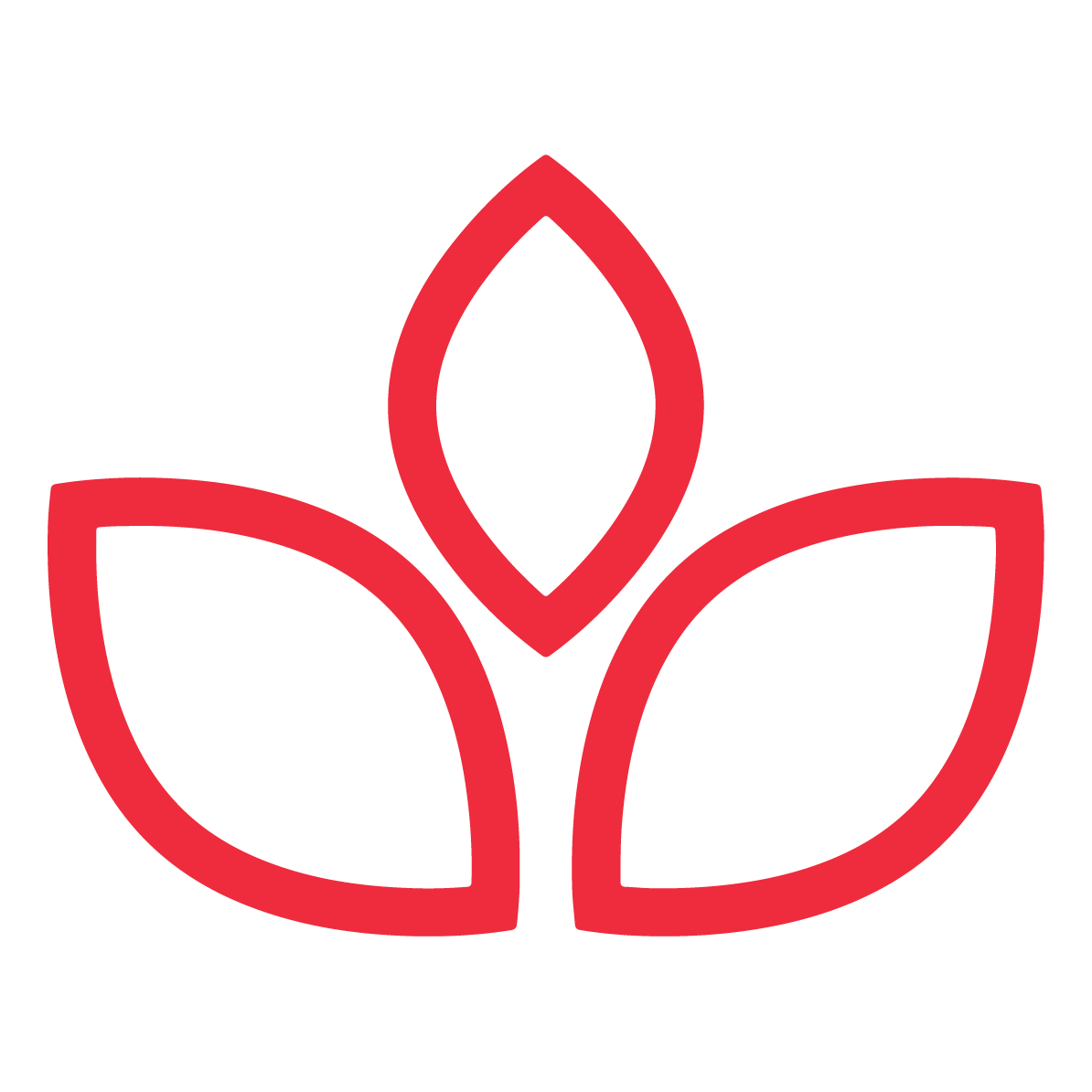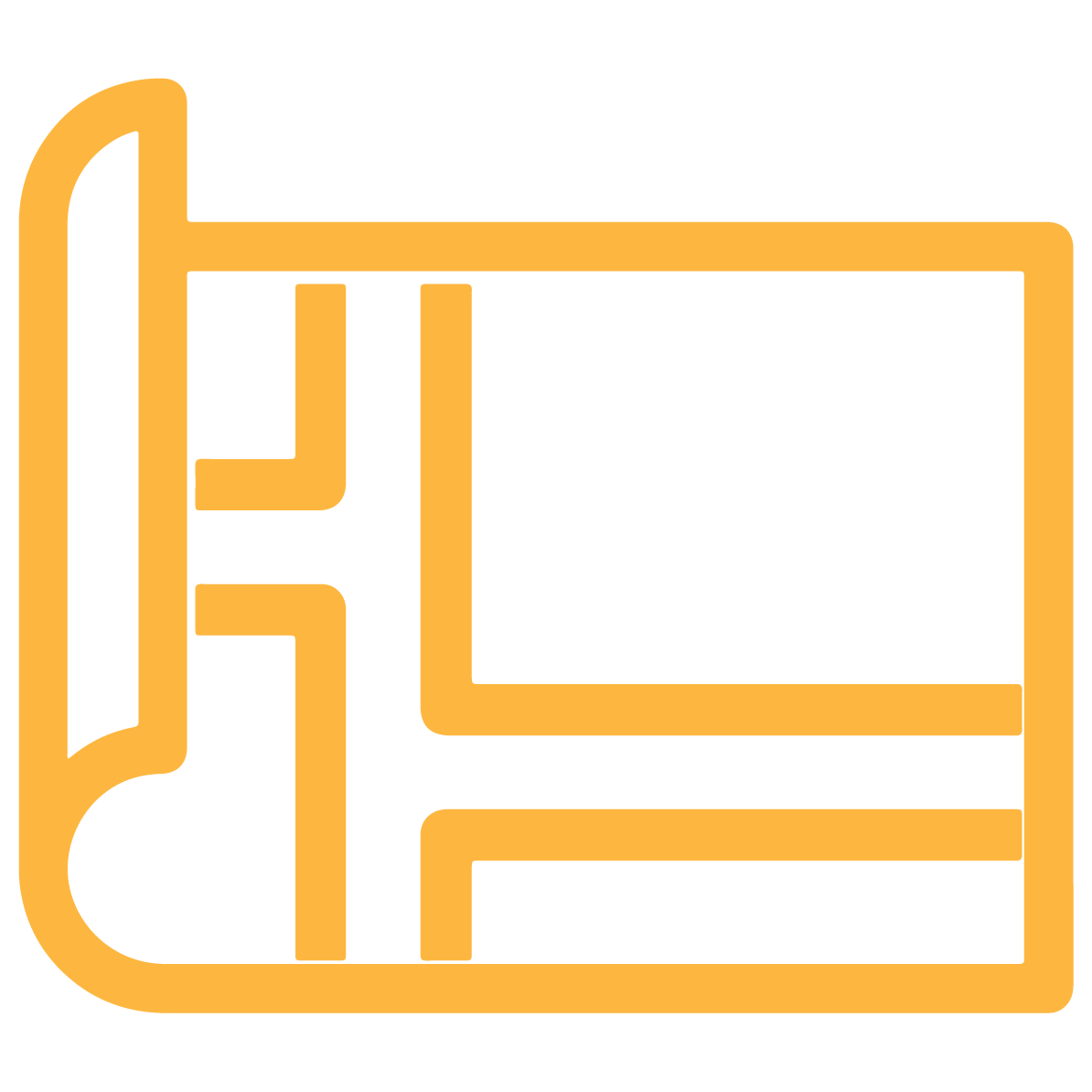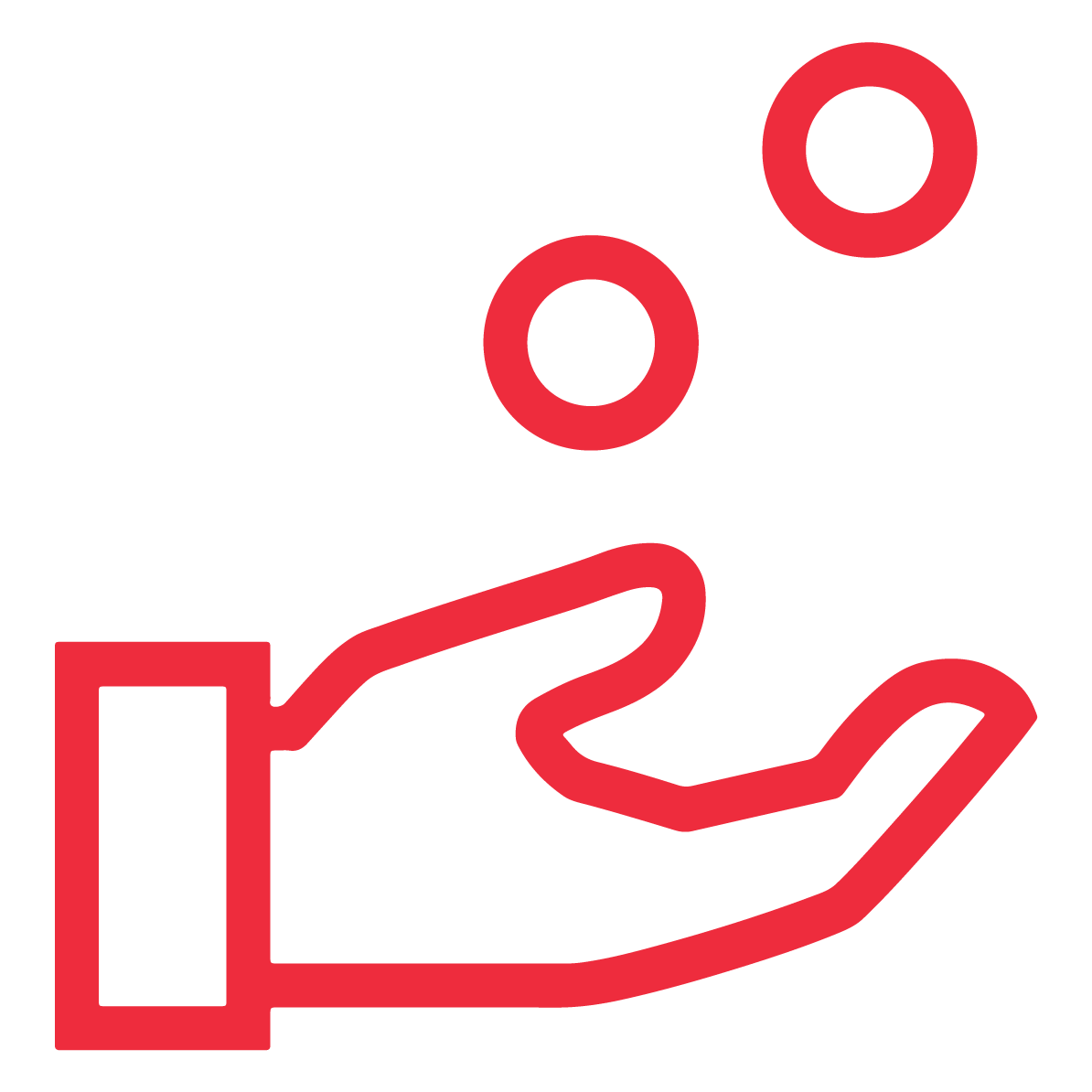Summary
The project aims to reshape the approach to informal settlement upgrading by offering an innovative, accessible and inclusive methodology for the fair distribution of public space, a safer urban environment, delivery of basic services, and an urbanization scheme that combines housing upgrades with new economic and social possibilities. Informal settlement residents and local government are the immediate benefits of this approach.
Background and Objective
The project is located in Khayelitsha, a predominantly informal settlement south east of Cape Town. The pilot project community have occupied the site for 28 years and comprise predominantly of Xhosa speaking economic migrants form the Eastern Cape of South Africa. The site is characterized by inadequate housing quality, a lack of basic infrastructure and services, environmental risks including flash fires, flooding and predatory violence. The current population of the pilot site exceeds 280 persons occupying approximately 4000m2.
Actions and Implementation
In general, the innovative nature of the project has resulted in unfamiliar timelines and procedures that vary from normalised activities. This is a challenge that is difficult to plan for, as such, delays and re-planning need to be communicated through consistent channels whereby feedback and concerns should be logged. The evaluation module is designed to offer a framework to measure the performance of the urban upgrade based on key indicators of health, security, perceptions of value and empowerment, and safety. The evaluation includes standardised questionnaires and structured interviews, and will be implemented with the support of community volunteers before the beginning of construction and conclude one year after completion of construction. In order to ensure the evaluation responds to particular concerns and ambitions of the community, the leadership and evaluation volunteers have been invited to offer feedback and additional indicators. These inputs will be reformulated and integrated into the framework before implementation. e framework will also be directed at evaluating the livelihood programs with specific question clusters focused on energy, sanitation and water management, micro-financing and agriculture respectfully. A Post-occupancy evaluation was conducted on the first four units in 2016 in order to serve as a record of the projects performance. The document acts as a quality control measure of both the design decision-making and construction methodology. Secondly, the evaluation uncovers the resident’s perceptions of the project. This task was tackled a year after construction to provide the architects with an overview of the building’s material and structural performance. A thorough, on-site inspection was made with drawing mark-ups and questionnaires for the residents.
Outcomes and Impacts
(Financially) The land readjustment leverages the latent commodity value of the land currently restricted by the current occupation. Cross-financing through the introduction of rental and sales stock due to the densification strategy provides potential for economic sustainability. Micro-finance contributions not only support the recovery of investment but also add adjunct funds for maintenance. These loans are based on affordability assessments in align with South African lending laws and are adjusted according to individual capacity. (Social and Economic) Two layers of social inclusion in the development include the regular series of open community workshops and the weekly meetings of the Community Development Committee.
(Culturally) the project taps into and works with pre-existing leadership decision-making and communication processes and enhanced these through the establishment of the Development Committee. (Environmental) The project will create land use, energy, and water benefits. A new spatial plan and the two story prototype will allow for the recovery of up to 40 percent of land presently reserved for residential use. This ‘recaptured’ area will be converted to shared public courtyards appropriate for small-scale agriculture, boosting food security and ‘greening’ the pilot site. Ecologically, The resulting densification of the settlement will also mean more efficient land use and infrastructure in comparison to typical green field developments. Recycling greywater from hand basin to flush toilets, and bio-filters to manage urban storm water.
(Institutional) The project is groundbreaking in the terms that it offers insitu-upgrading within the formal development framework of the municipal council. This means that the geometries and dimensions of formalised planning are referenced in the layouts and land allocation of the new layouts but are then sub-divided to allow greater access.
Gender and Social Inclusivity
The project references cutting edge Land Readjustment practices as documented in a recent UN-Habitat publication “Remaking the Urban Mosaic” and takes inspiration from “re-blocking” activities practiced by various SDI affiliated grassroots organisations in South Africa and Thailand. However, what makes the development project unique is its strategic alignment to formal procedures of land management and formal intuitions and governance bodies. By providing a scalable methodology for land readjustment for the urban poor, while also building bridges to introduce marginalised populations with clear self-determined pathways for formalisation. The scalability of the approach is supported by the design method of adopting an iterative approach that tests and refines a series of constructed prototypes in-situ, the project builds in a process of simultaneous monitoring and evaluation. The methodology of informal settlement upgrading is developed to be scalable and replicable and is applicable to any informal settlement with coherent representation and gap markets for rental or sales. To date, the project has been scaled from 1 unit (2013) to 4 units (2015) to 72 units (2017-18) with discussions currently underway with State Government for a site of 200 units. Digital planning tools for the management and documentation of the upgrade project developed at the ETH support the transparent and fluid workflow of all stakeholders involved including land owners, municipal governments, upgrade facilitators and the community development committee. These tools in the form of an upgrade tablet application, computational analysis and planning software and an online interface support the replicability and scalability of the project.
Innovative Initiative
The most important learning of the project has been the need to create recognisable and formalised bridges between the lived experience of informal settlement residents and the formal systems that control the use of land and access to formal instruments. These learning’s have come about through urban deficit analysis including structured interviews and multi-stakeholder workshops and have resulted in direct dialogue with city officials. Working closely with the community and NGO, the planning team were able to build on grassroots strategies for communication and co-designing including scale models and inclusive and equitable systems for meetings and discussions. Further learning’s applicable to scale up include the importance of early establishment of lines of communication to the community at large and the importance of clear organograms deciphering responsibilities of all stakeholders. A concerted effort for expectation management is also a key learning. This is especially the case when projects are pioneering new territory and comprise of a large component of research, adjustment and development. With these key learning’s in mind, the team have accordingly developed the digital planning tools and online interface to reflect the need for transparency, role definition and feedback loops.
Region
Sub-Saharan Africa
Award Scheme
Dubai International Award
Themes
Waste Management
Water & Sanitation
Sustainable Development Goals
Goal 6 - Ensure availability and sustainable management of water and sanitation for all
Goal 11 - Make cities and human settlements inclusive, safe, resilient and sustainable
New Urban Agenda Commitments


